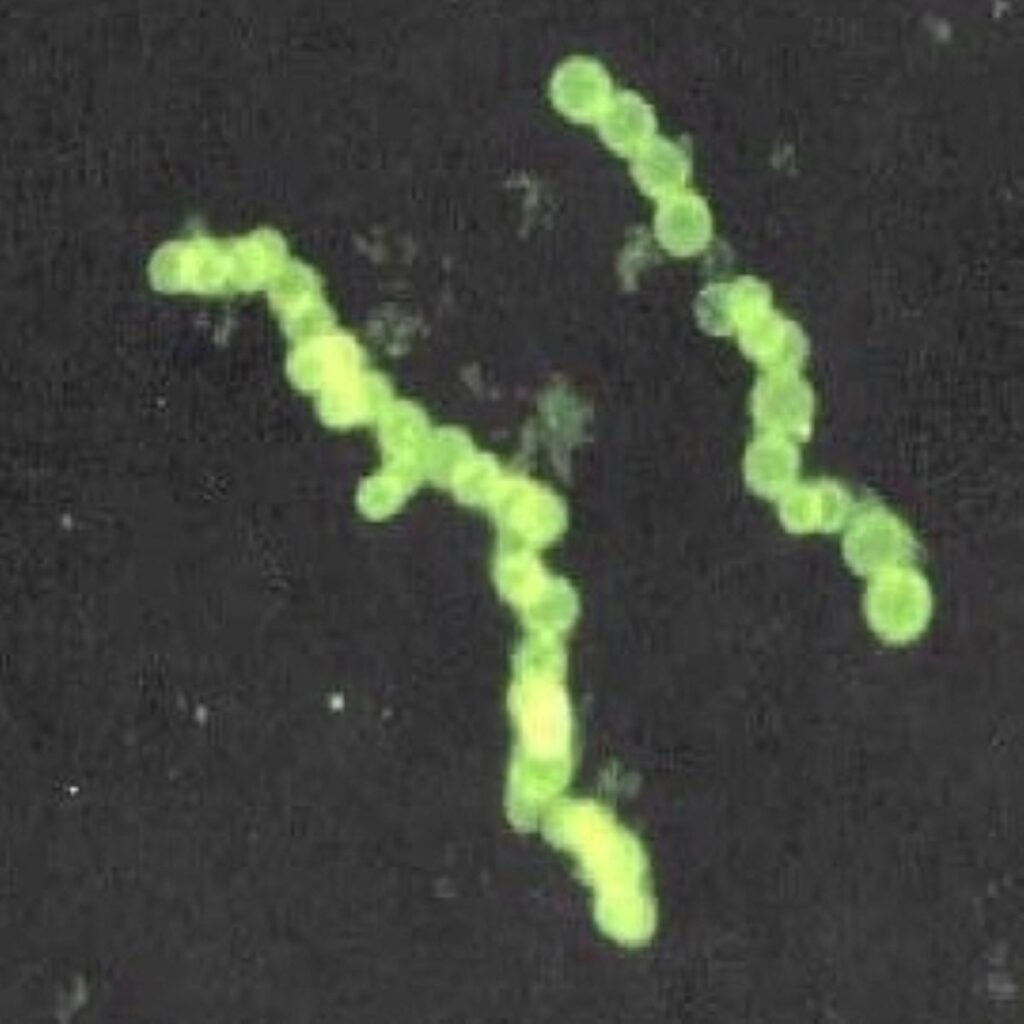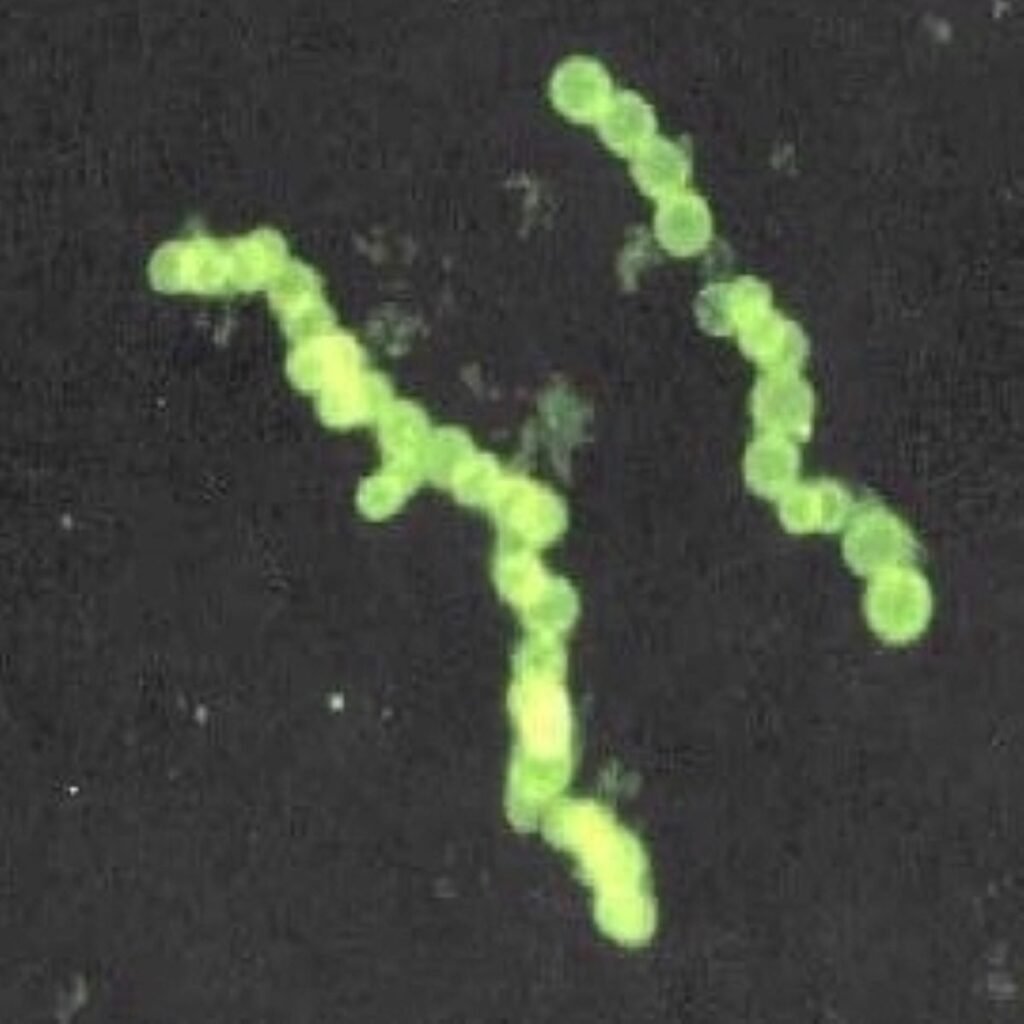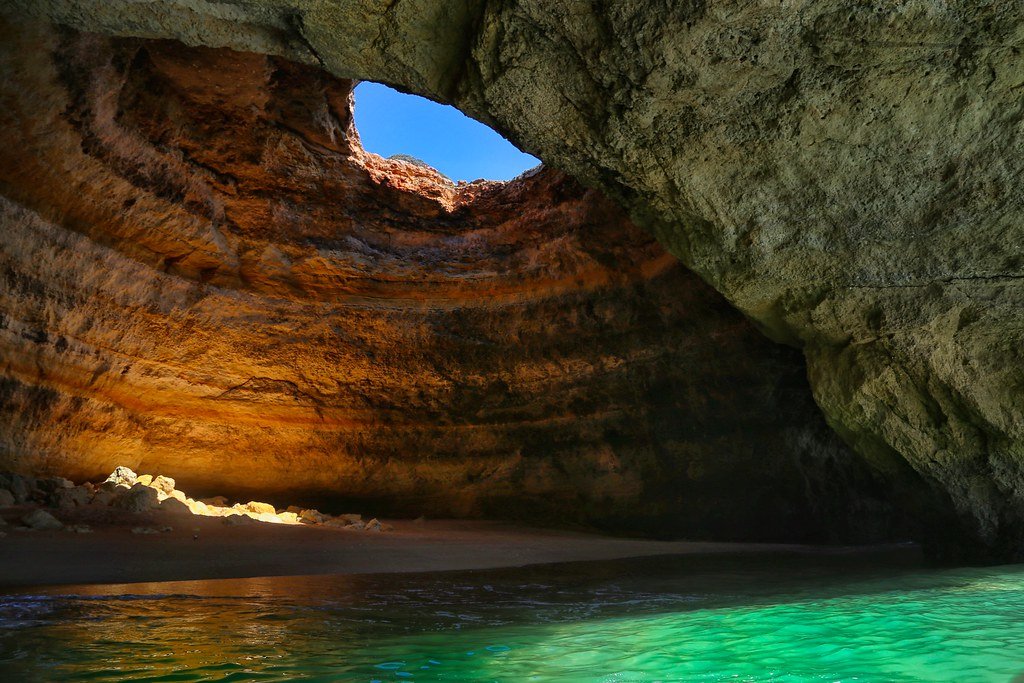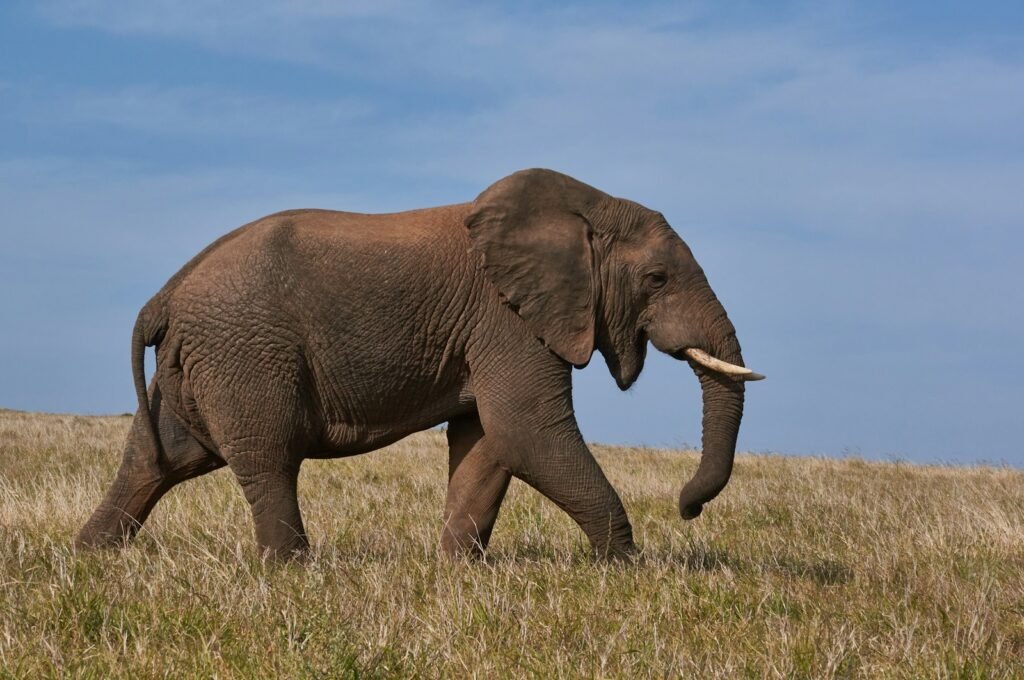The world of microbiology just got a whole lot more fascinating. Picture this: tiny life forms that have survived the harsh vacuum of space, endured radiation that would kill most living things, and somehow made their way to Earth through raindrops. What sounds like science fiction is becoming scientific reality as researchers uncover evidence of microorganisms with extraterrestrial origins making their way into our atmosphere and eventually into our water supplies.
This discovery forces us to reconsider everything we thought we knew about life on Earth. Are we alone? Maybe not as much as we once believed.
The Space Station Connection Reveals Microbial Mysteries

Scientists have discovered 26 previously unknown bacterial species in the clean rooms that were used to prep NASA’s Phoenix Mars lander for its 2007 launch. These findings tell us something remarkable about life’s tenacity. These unknown species carry genetic traits associated with resilience to extreme environments such as those found in space, with many possessing genes that made them resilient to decontamination and radiation.
The implications go far beyond simple contamination concerns. These microorganisms, known as extremophiles, show impressive resilience in inhospitable environments, whether that’s the vacuum of space, hydrothermal vents on undersea volcanoes, or even NASA clean rooms. Think about it: if these microscopic survivors can thrive in spacecraft assembly facilities designed to be sterile, what else might they be capable of?
Life Survives Two Years in Open Space

The evidence for space-hardy microorganisms becomes even more compelling when we look at direct space exposure experiments. A spore forming bacteria Bacillus subtilis, a fungus Aureobasidium pullulans and an archaea Methanosarcina mazei were deposited on cotton wool and exposed in the open space near ISS for two long years. These organisms didn’t just survive – they thrived.
Research teams report dehydration and lyophilization as the crucial mechanism for their survival. This discovery challenges our fundamental understanding of where life can exist. If microorganisms can survive in the vacuum of space for years, they could potentially travel between planets or even star systems, seeding life throughout the universe.
International Space Station Becomes a Microbial Laboratory

Researchers produced a 3D map of the microbes and metabolites throughout the United States Orbital Segment of the International Space Station with 803 samples collected during space flight, finding that the use of each of the nine sampled modules strongly drives the microbiology and chemistry of the habitat. This wasn’t just casual sampling – this was a comprehensive investigation that revealed something extraordinary about how life adapts to space conditions.
The strains were able to viably persist in the ISS over time with significant abundance, with some organisms coexisting with multiple other microorganisms and potentially helping those organisms survive. Picture a microscopic ecosystem floating 400 kilometers above Earth, where bacteria not only survive but actually help each other thrive in conditions that would be lethal to most life forms.
Atmospheric Entry and Rainwater Contamination

The connection between space microorganisms and rainwater isn’t as far-fetched as it might seem initially. Results indicate that bacterial load in rainwater is directly affected by wind speed while the composition of microorganisms varies with wind direction, potentially due to greater uplift of organisms from sources and arrival of more organisms at the roof catchment surface. This suggests that atmospheric circulation can transport microorganisms over vast distances.
Recent studies questioned the pristine nature of rainwater before contact with roof surfaces, reporting the presence of metabolic activity of bacteria even before water comes into contact with roof surfaces, revealing a substantial bacterial population with notable fractions exhibiting active protein synthesis. This discovery is startling because it means rainwater already contains active microorganisms before it even touches the ground.
DNA Repair Systems Built for Space Survival

What makes these space-surviving microorganisms so special? Some of the discovered genes were associated with DNA repair, detoxification of harmful molecules, and improved metabolism, all of which increased the species’ survivability, and these genes could lead to new biotechnologies that benefit food preservation and medicine. Evolution has equipped these tiny travelers with molecular repair kits that would make any mechanic envious.
Space travel provides an opportunity to study microorganisms that possess relevant stress-resistance genes, and the genes identified in these newly discovered bacterial species could be engineered for applications in medicine, food preservation, and other industries. These organisms represent a treasure trove of biological innovation, developed through millions of years of surviving in the most extreme conditions imaginable.
Biofilm Formation in Microgravity Environments

Recent evidence suggests that extraterrestrial environments also fuel biofilm formation, and understanding biofilm mechanics under microgravitational conditions could have an astounding impact on inter-planetary missions. Biofilms are communities of microorganisms that stick together and form protective barriers – think of them as microscopic cities with their own infrastructure.
Space Biology-funded research has revealed that microbial biofilms formed in the spaceflight environment have architectures that are different from those observed on Earth. This means that in space, microorganisms don’t just survive – they actually organize themselves differently, potentially developing new capabilities and survival strategies that we’ve never seen before.
Radiation Resistance Beyond Earth Standards

The level of radiation resistance displayed by these space microorganisms is nothing short of extraordinary. If shielded against solar UV, spores of B. subtilis were capable of surviving in space for up to 6 years, especially if embedded in clay or meteorite powder, with the data supporting the likelihood of interplanetary transfer of microorganisms within meteorites. Six years in space! That’s longer than most spacecraft missions.
It was found that extraterrestrial solar UV radiation was the most deleterious factor of space, yet among all organisms tested, only lichens maintained full viability after 2 weeks in outer space, whereas all other test systems were inactivated by orders of magnitude. This research demonstrates that while most life forms would be instantly sterilized by space conditions, some organisms have evolved to not just tolerate but actually thrive in these extreme environments.
Implications for Planetary Protection and Human Health

The discovery of space-hardy microorganisms in rainwater raises profound questions about planetary protection protocols. The study assists NASA with anticipating the type of bacteria astronauts will encounter on their space missions and in developing strategies to mitigate microbial contamination in cleanrooms. This isn’t just about keeping spacecraft clean – it’s about preventing contamination that could compromise entire planetary ecosystems.
Closed human-built environments like the ISS are unique areas that provide an extreme environment subject to microgravity, radiation, and elevated carbon dioxide levels, and by delving into microbial dynamics in extreme environments, this research opens doors to effective preventative measures for astronaut health. Understanding these hardy microorganisms could be crucial for protecting future Mars colonists and deep space explorers.
Conclusion: A New Chapter in the Search for Life

The discovery of space-surviving microorganisms in rainwater represents more than just a scientific curiosity – it fundamentally changes our understanding of life’s boundaries. These microscopic travelers demonstrate that the barrier between Earth and space isn’t as impermeable as we once believed. Life, it seems, finds a way to cross even the most seemingly impossible boundaries.
These findings suggest that our planet might be constantly receiving microscopic visitors , carried down to us in every raindrop. The implications stretch from biotechnology applications using these hardy organisms’ survival mechanisms to questions about the origin of life itself. If microorganisms can survive interplanetary travel, then the idea of panspermia – life spreading throughout the universe – becomes much more plausible.
What fascinates you more: the idea that we’re constantly being showered with space microorganisms, or the potential that Earth life might be seeding other worlds right now?

Jan loves Wildlife and Animals and is one of the founders of Animals Around The Globe. He holds an MSc in Finance & Economics and is a passionate PADI Open Water Diver. His favorite animals are Mountain Gorillas, Tigers, and Great White Sharks. He lived in South Africa, Germany, the USA, Ireland, Italy, China, and Australia. Before AATG, Jan worked for Google, Axel Springer, BMW and others.




